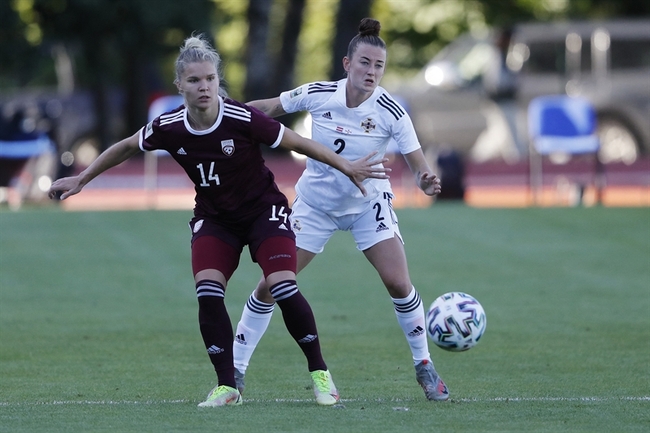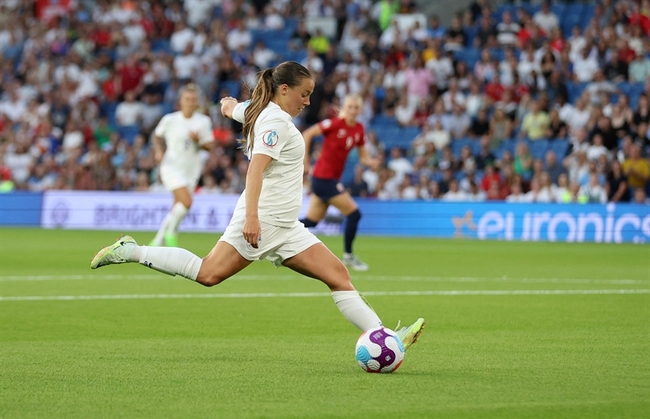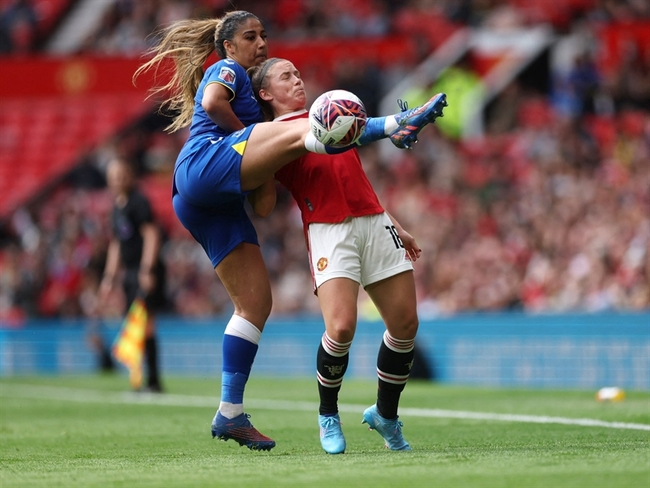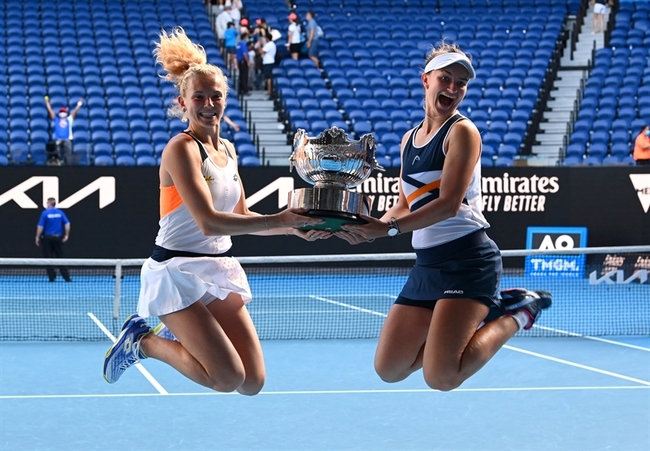Acute to chronic workload ratio: fact or fiction?

In 2016, an important study was published describing the Training-Injury Prevention Paradox. This theory explained how athletes accustomed to high training loads appear to experience fewer injuries than athletes training at lower workloads. The authors argued that most sports injuries are not caused by training per se, but by an inappropriate training program that includes an excessive and rapid increase in training loads, or low loads that don’t provide adequate base conditioning.
The ACWR paradigm
To address this paradox, sports professionals typically train athletes using the acute to chronic workload ratio (ACWR) as a method for progressing training while avoiding injury. Practitioners use the ACWR model to predict an athlete’s injury risk by calculating the ratio between acute training loads (training performed over the past week) and chronic training loads (average training accumulated over a longer period, usually estimated at four weeks). The theory is that if the acute training load is too high in relation to the chronic training load, the athlete is doing more training than usual, thus creating a spike in their training load. Clinicians assume that spikes in training loads increase the risk of injury. However, if the acute training load is much lower than the chronic training load, this represents a state of detraining, where athletes may be at an increased risk of injury because they are not adequately prepared for the demands of sport.Testing the model
Some scientists have criticized the ACWR formula as a tool to help prevent injuries in athletes because the data used to support its use were statistically underpowered (i.e., did not include enough data/subjects to eliminate random errors). But another (and possibly more valid) criticism is that while the ACWR model sounds plausible, no study to date has ever tested whether its application as a training intervention does indeed reduce injury risk in real athletes in the real world.New research
To investigate the impact of ACWR on the incidence of injury, Norwegian researchers randomized 34 elite youth football teams with a total of 482 elite youth players (16 female teams, 18 male teams) to an intervention group (18 teams) and a control group (16 teams). In the intervention group, coaches planned all the training sessions based on published ACWR load-management principles for a complete 10-month season. Meanwhile, the control-group coaches continued to plan training as normal (i.e., without applying the ACWR model). The researchers took measurements of the prevalence of health problems monthly in both groups using the Oslo Sports Trauma Research Centre Questionnaire on Health Problems and compared the results after ten months of training.The study found no differences between the two groups in terms of primary care outcomes (i.e., injuries suffered). The fact that the ACWR intervention yielded no positive injury-reducing benefits is an important finding. This study is the first to compare using the ACWR as an injury deterrent against regular training plans, and the relatively large sample size suggests these findings have real significance.
Given these findings, should clinicians abandon the ACWR model when considering training history and interventions? Practitioners shouldn’t make such decisions based on one study. However, they can conclude that the situation is far from clear cut – something that SIB contributor Jason Tee recently argued in his article “The acute:chronic workload ratio – science or religion?”. In this article, Jason looks at the previous evidence for the validity of the acute to chronic workload ratio theory and wonders if there a better way of mapping out the progression in training load? Can the ACWR model be refined, or should we ditch it altogether? Follow the link above to separate the facts from the fiction!
Reference:
- Br J Sports Med.2020 Oct 9;bjsports-2020-103003
You need to be logged in to continue reading.
Please register for limited access or take a 30-day risk-free trial of Sports Injury Bulletin to experience the full benefits of a subscription. TAKE A RISK-FREE TRIAL
TAKE A RISK-FREE TRIAL
Newsletter Sign Up
Subscriber Testimonials
Dr. Alexandra Fandetti-Robin, Back & Body Chiropractic
Elspeth Cowell MSCh DpodM SRCh HCPC reg
William Hunter, Nuffield Health
Newsletter Sign Up
Coaches Testimonials
Dr. Alexandra Fandetti-Robin, Back & Body Chiropractic
Elspeth Cowell MSCh DpodM SRCh HCPC reg
William Hunter, Nuffield Health
Be at the leading edge of sports injury management
Our international team of qualified experts (see above) spend hours poring over scores of technical journals and medical papers that even the most interested professionals don't have time to read.
For 17 years, we've helped hard-working physiotherapists and sports professionals like you, overwhelmed by the vast amount of new research, bring science to their treatment. Sports Injury Bulletin is the ideal resource for practitioners too busy to cull through all the monthly journals to find meaningful and applicable studies.
*includes 3 coaching manuals
Get Inspired
All the latest techniques and approaches
Sports Injury Bulletin brings together a worldwide panel of experts – including physiotherapists, doctors, researchers and sports scientists. Together we deliver everything you need to help your clients avoid – or recover as quickly as possible from – injuries.
We strip away the scientific jargon and deliver you easy-to-follow training exercises, nutrition tips, psychological strategies and recovery programmes and exercises in plain English.






